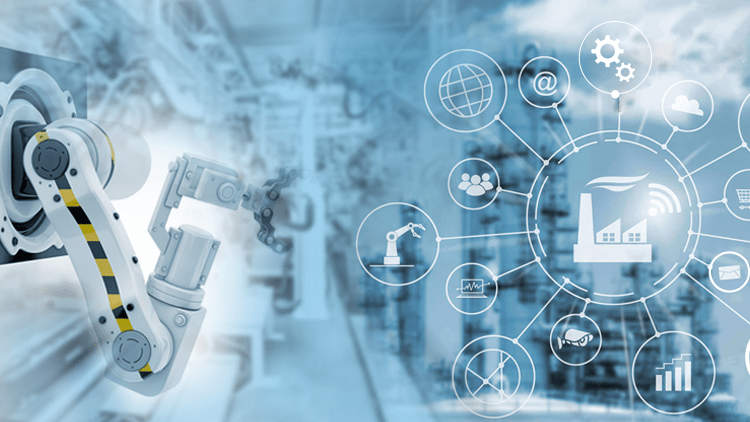Innovation within the field of data science technology is constantly growing. The modern business owner must stay up to date on the latest business intelligence trends to remain competitive. Big data management, advanced analytics, and robotic process automation are some of the most effective data science software techniques in today’s market.
While for many organizations, the goal is to streamline business processes, business intelligence models have the potential to enhance many facets of a company. Whether your organization is looking to update its current portfolio or implement a new data management platform, TIBCO has valuable information and low-cost software licensing available on its website for business owners and college students to utilize.
What is RPA?
RPA is a computer science software technology that creates and deploys simulations of human intervention in a digital system. In other words, RPA technology can mimic human actions and execute simple tasks like keystrokes in a user interface. Cognitive technologies use an artificial intelligence technique called process mining to learn what to do with the detailed information presented.
RPA tools are programmed with machine learning, which mimics the way human beings learn through reinforcements and historical data processing. RPA software can read and understand on-screen information, identify relevant points in a large data set, and execute keystrokes.
Where can RPA be Implemented?
RPA bots are most commonly used in areas of workflow that include tedious or repetitive tasks. This application area exists because tasks like data entry or copying do not require human empathy or judgment. RPA workflows take over back-office processes in which the human workforce does not necessarily need to interfere.
Another excellent application of RPA technology is in risk management systems. Since RPA is free of judgment or human biases, it is a reliable means of parsing information and checking it against regulations or company guidelines.
What About Human Resources?
Robotic automation is not meant to replace jobs that humans hold. As mentioned above, RPA cannot mimic human judgment or empathy. It cannot be creative, and while its discoveries in data trends and patterns can lead to innovation, robots cannot innovate themselves. RPA technology can boost morale within an organization because it eliminates the need for human intervention in tasks that humans typically find monotonous. Suppose a worker has a large stack of invoices to process and enter into a system. This process includes reading the invoice, scanning and copying it into the appropriate folder, and entering the data into the correct system.
These manual tasks do not require any meaningful thought and are widely regarded as monotonous due to their repetitive nature. Thankfully, this is not the employee’s only responsibility. The worker may distribute this task throughout the week or between other projects to break from the repetition. With intelligent automation, these tasks will no longer have to be handled by back-office employees. Automating processes like scanning, copying, and moving data can free employees’ time and efforts for more meaningful work, and accordingly, a higher level of innovation and creativity.
How Accurate is RPA?
RPA software has an extremely high level of reliability. This reliability stems from its very close ties to artificial intelligence. The implantation of AI within machine learning models facilitates the discovery of application areas for robotic automation.
First, artificial intelligence technology collects unstructured data or data that does not reside within an organizational system. This data is processed for logic development. The structured data and logic are then inputted into an RPA system for use in automation processes. All data science technology begins with data. RPA bots are no different.
Depending on the current needs of your organization, there could be many opportunities for RPA software implementation. Fortunately, RPA is exceptionally user-friendly. It does not require any programming expertise to manage and is operable from a centralized location. An RPA project only makes minor changes to your workload. It will not uproot your workflow in its entirety or require global changes to your current business processes.

